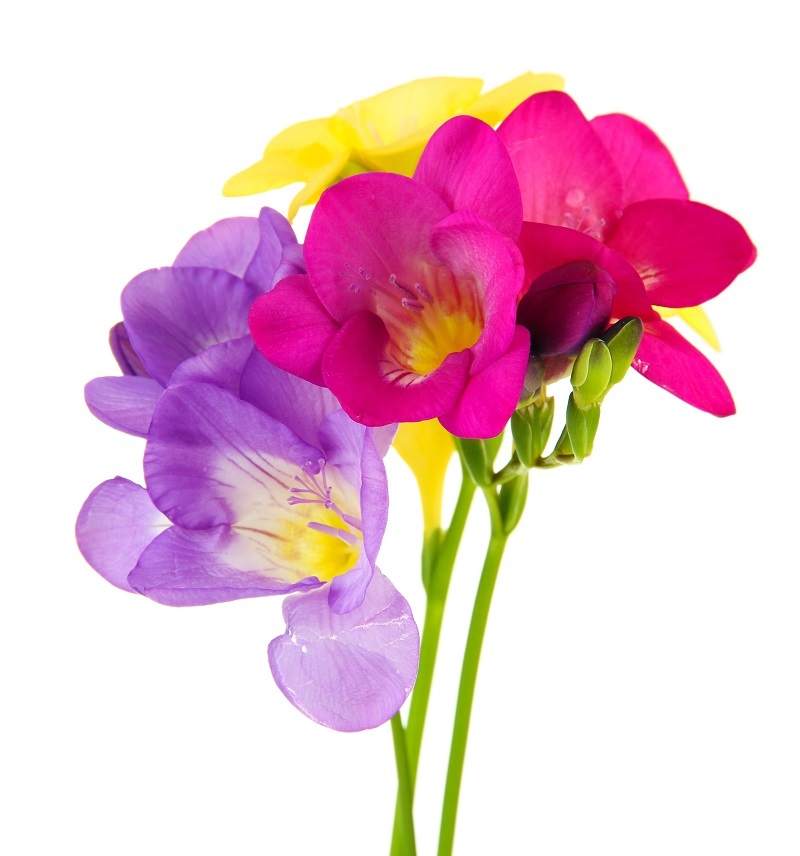Orchid Plant Care Instructions
Posted on 26/10/2024
Orchids are one of the most enchanting and attractive plants you can grow indoors. Their exotic flowers can add a touch of elegance to any space. While they may seem high-maintenance, with the right care instructions, your orchids can thrive and bloom beautifully for years. In this comprehensive guide, we will delve into various aspects of orchid plant care, offering valuable tips, and highlighting both the pros and cons of keeping these magnificent plants.
Understanding Orchid Types
Before diving into the care instructions, it is crucial to understand the different types of orchids. Orchids are a diverse family of plants, with over 25,000 species. The most common types of orchids grown as houseplants include Phalaenopsis (moth orchids), Dendrobium, Cattleya, and Oncidium. Each type has slightly different care requirements, although they share many commonalities.

Choosing the Right Orchid
Selecting the right orchid for your environment is a fundamental step. Consider your home's lighting conditions, temperature, and humidity levels. Phalaenopsis orchids are generally the best choice for beginners, as they are more forgiving and easier to care for compared to other varieties.
Light Requirements
Light is one of the most critical factors for a healthy orchid. Orchids generally prefer bright, indirect light. Direct sunlight can scorch their leaves, while too little light can hinder blooming. Position your orchid near an east or south-facing window, where it can receive plenty of light without direct exposure. If natural light is insufficient, you can use artificial grow lights to supplement.
Watering Your Orchid
Proper watering is essential for orchid health. Orchids are epiphytes (air plants) in their natural habitat, accustomed to periods of heavy rain followed by dry spells. Overwatering is a common mistake that can lead to root rot. To water your orchid, thoroughly drench the potting medium until water flows out of the drainage holes, then allow it to dry out before the next watering. This usually translates to watering once a week, but it can vary depending on your environment.
Humidity and Temperature
Orchids thrive in a humid environment with temperatures ranging between 60-80?F (15-27?C). You can increase humidity around your orchid by placing a humidity tray (a shallow tray filled with water and pebbles) under the plant. Misting the orchid occasionally can also help maintain the desired humidity levels. Avoid placing orchids near drafts or direct sources of heat, as these can cause fluctuations in temperature and humidity.
Potting Medium and Containers
Orchids prefer a well-draining potting medium. A mix of bark, perlite, and sphagnum moss is ideal for most orchids. Avoid using regular potting soil, as it retains too much moisture. Repot your orchid every 1-2 years, or when you notice that the potting medium has broken down. Choose a container with ample drainage holes to prevent water from accumulating at the bottom.
Fertilizing Orchids
Orchids benefit from regular feeding with a balanced orchid fertilizer. Fertilize once a month, reducing the frequency during the winter months when the plant's growth slows down. Dilute the fertilizer to half the recommended strength to avoid over-fertilizing, which can damage the roots.
Pros and Cons of Growing Orchids
Pros:
- Aesthetic Appeal: Orchids add a touch of elegance and sophistication to any space.
- Longevity: With proper care, orchids can live and bloom for many years.
- Variety: A vast array of species and hybrids to choose from, each with unique flowers and growth habits.
Cons:
- Maintenance: Requires specific care regarding light, humidity, and watering.
- Sensitivity: Prone to pests and diseases if not properly cared for.
- Patience: Some orchid types have long blooming cycles, which require patience.
Tips for Successful Orchid Care
- Monitor Light: Use a sheer curtain to protect orchids from direct sunlight.
- Orchid Ice Cubes: Use a few ice cubes a week instead of watering to maintain consistent moisture levels.
- Keep Check on Roots: Healthy orchid roots are green and firm. Regularly inspect roots for signs of rot or disease.
- Pest Control: Keep an eye out for pests such as aphids and spider mites, which can harm your orchids.
- Environment Stability: Maintain consistent temperature and humidity levels.

Key Takeaways
- Right Orchid: Choose a type that suits your environment and skill level.
- Proper Watering: Ensure the potting medium dries out between watering.
- Light and Humidity: Provide sufficient indirect light and maintain humidity around the plant.
- Regular Feeding: Use a balanced orchid fertilizer to support growth and blooming.
Conclusion
Orchids are rewarding houseplants that offer beauty and elegance unmatched by other varieties. While they do require specific care regarding light, water, and humidity, they are far from impossible to maintain. By following these orchid plant care instructions, you can enjoy the splendid blooms and vibrant health of your orchids for many years to come. With the right approach, even the most novice gardener can cultivate these stunning plants successfully.


